
The Moon Is Slowly Drifting Further Away From Earth Each Year — A Physicist Explains Why

Look up at the night sky, and the Moon feels like a faithful companion—silent, steady, and ever-present. Its silvery glow has guided humans for millennia, inspiring myths, poems, and scientific discoveries. But beneath its calm appearance lies a subtle truth: the Moon is slowly slipping away from us.
Every year, the Moon drifts about 1.5 inches (3.8 centimeters) farther from Earth. That may not sound like much—it’s about the width of a large marble—but over millions of years, this seemingly tiny shift adds up to something monumental.
How Do We Know the Moon Is Moving Away?
Scientists discovered the Moon’s slow retreat using an unexpectedly clever technique: laser ranging. During NASA’s Apollo missions, astronauts placed special retroreflective mirrors on the lunar surface. These devices are still in use today.
By shooting lasers from Earth and measuring how long the beams take to bounce back, scientists can calculate the Moon’s distance down to a fraction of an inch. These consistent measurements over decades have revealed that the Moon is, without a doubt, drifting away at a steady pace.
But the story doesn’t stop at distance—because this movement is reshaping our planet in surprising ways.
Tidal Tug-of-War: Why the Moon Is Moving
The engine behind the Moon’s retreat is something very familiar to us: tides. While most people think of tides as water rising and falling on the beach, they are actually part of a massive gravitational interaction between the Earth and the Moon.
Here’s how it works:
-
The Moon’s gravity pulls more strongly on the side of Earth closest to it.
-
This creates a bulge of ocean water facing the Moon, and another on the opposite side due to inertia.
-
However, because Earth rotates much faster than the Moon orbits, these bulges are pulled slightly ahead of the Moon’s position in the sky.
Now here’s the fascinating part: these off-center bulges exert a gravitational pull back on the Moon. This “gravitational tug” acts like a push, adding a tiny bit of energy to the Moon’s orbit. That extra energy causes the Moon to move farther away from Earth, inch by inch, year by year.
Meanwhile, Earth pays a price for giving up that energy.
Earth Is Slowing Down
As the Moon gains momentum and spirals outward, Earth loses rotational energy. That means the planet is spinning more slowly over time.
Millions of years ago, Earth’s days were shorter. Scientists estimate that around 70 million years ago, a full day on Earth lasted about 23.5 hours. Evidence for this doesn’t just come from models—it’s locked inside fossilized clams and corals, whose growth patterns reflect daily and seasonal rhythms.
These natural timekeepers show that the rhythm of life on Earth has subtly changed as the Moon has drifted away. Each century, a day on Earth grows by roughly 1.7 milliseconds—imperceptible to us, but significant over geologic time.
Was the Moon Bigger in the Past?
Absolutely—and dramatically so. The Moon formed around 4.5 billion years ago, likely from debris ejected when a Mars-sized object collided with the early Earth. Back then, the Moon was much closer, possibly as little as 14,000 miles (22,500 km) away—compared to about 238,900 miles (384,400 km) today.
To early Earth observers—if any had existed—the Moon would have appeared many times larger in the sky, possibly dominating the night with its fiery, cratered face.
As it moved away, its apparent size shrank. Today’s Moon is still large enough to cause solar eclipses because it can just barely cover the Sun’s disk. But that won’t always be the case.
The Future of the Earth-Moon System
If this gravitational dance continues for billions of years, Earth and the Moon may eventually become tidally locked to each other. This would mean that one side of Earth would permanently face the Moon—just as the Moon already shows only one face to Earth today.
At that point, the Moon would stop drifting, locked in a stable gravitational embrace with its home planet.
But the universe might have other plans. In about a billion years, the Sun will become much brighter, eventually boiling away Earth’s oceans. Without oceans, there will be no tidal bulges to push the Moon outward, halting its drift.
And further ahead—about 5 billion years from now—the Sun will expand into a red giant, potentially engulfing and destroying both the Earth and the Moon. It’s a dramatic end to a very long story.
Sky Shows: Supermoons, Blood Moons, and Eclipses
The Moon’s orbit is slightly elliptical, which means its distance from Earth varies. When a full Moon occurs at its closest point (perigee), we get a supermoon—a Moon that appears slightly larger and brighter than usual.
Even more dramatic are lunar eclipses. During a total lunar eclipse, Earth moves directly between the Sun and the Moon. Sunlight filters through Earth’s atmosphere, casting a reddish hue on the Moon—creating the haunting phenomenon we call a blood moon.
You might also hear of a blue moon—not because the Moon turns blue, but because it’s the rare occasion when two full Moons occur in a single calendar month.
These celestial events are reminders of the Moon’s ever-changing dance with Earth, and they continue to captivate skywatchers around the world.
Other Moons and Tidal Forces in the Solar System
Our Moon isn't alone in its gravitational drama. Other moons across the solar system are shaped—sometimes violently—by tidal forces.
-
Io, one of Jupiter’s largest moons, is constantly pulled by Jupiter and its neighboring moons. This constant flexing heats Io’s interior, fueling intense volcanic activity—it’s the most geologically active body in the solar system.
-
Enceladus, a moon of Saturn, has cracks in its icy crust caused by similar stresses. These cracks allow plumes of water vapor to erupt into space. Beneath its surface, scientists believe Enceladus hides a vast ocean—possibly a cradle for alien life.
Studying the Earth-Moon system helps astronomers understand these distant moons, revealing how tidal forces can shape entire worlds.
What Does This Mean for Us?
At first glance, the idea of the Moon drifting away might feel unsettling. But in practical terms, the effect on daily life is minimal. Tides still rise and fall, eclipses still dazzle, and calendars still tick along in perfect sync.
What it does offer us is a sense of perspective. This slow-motion celestial shift reminds us that nothing in the universe is truly static—not even the Moon. It's part of a bigger story, one that connects ancient fossils, modern space exploration, and the ultimate fate of our planet.
By measuring the Moon’s retreat, scientists can literally rewind time, confirming how Earth's rotation, climate, and ecosystems have evolved over eons.
Final Thought: A Cosmic Dance
So the next time you catch a glimpse of the Moon glowing above, take a moment to reflect. It’s not just a pretty face in the sky—it’s a cosmic partner, tugging on our oceans, lengthening our days, and gently drifting into the distance.
Its journey is far from over, and though we won’t see the end, we’re lucky enough to witness a moment in this vast, graceful dance. The Moon reminds us that change doesn’t always come with noise or speed—sometimes, it arrives quietly, inch by inch, over a billion years.
News in the same category


Little Pocket in Women’s Underwear

14 Items to Throw Away Right Now

Group finds spiky creatures in nest – shocked when they realize what they are

China’s “Pregnancy Robot” Claims Spark Debate — But Experts Say It’s More Myth Than Reality

Voyager 1: Humanity’s First Messenger to Reach a Full Light-Day Away
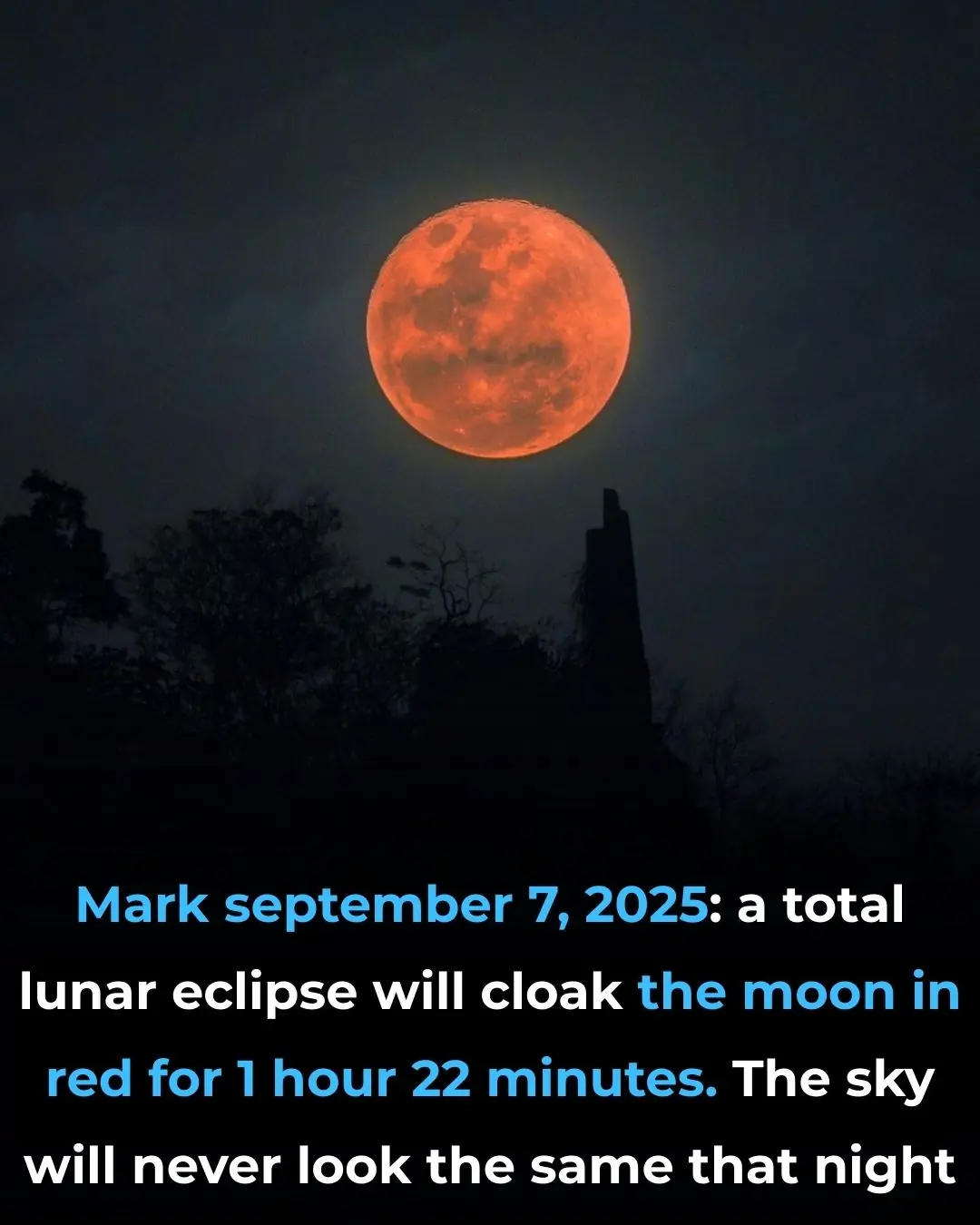
Earth’s Shadow, Moon’s Glow: The Total Lunar Eclipse of 2025
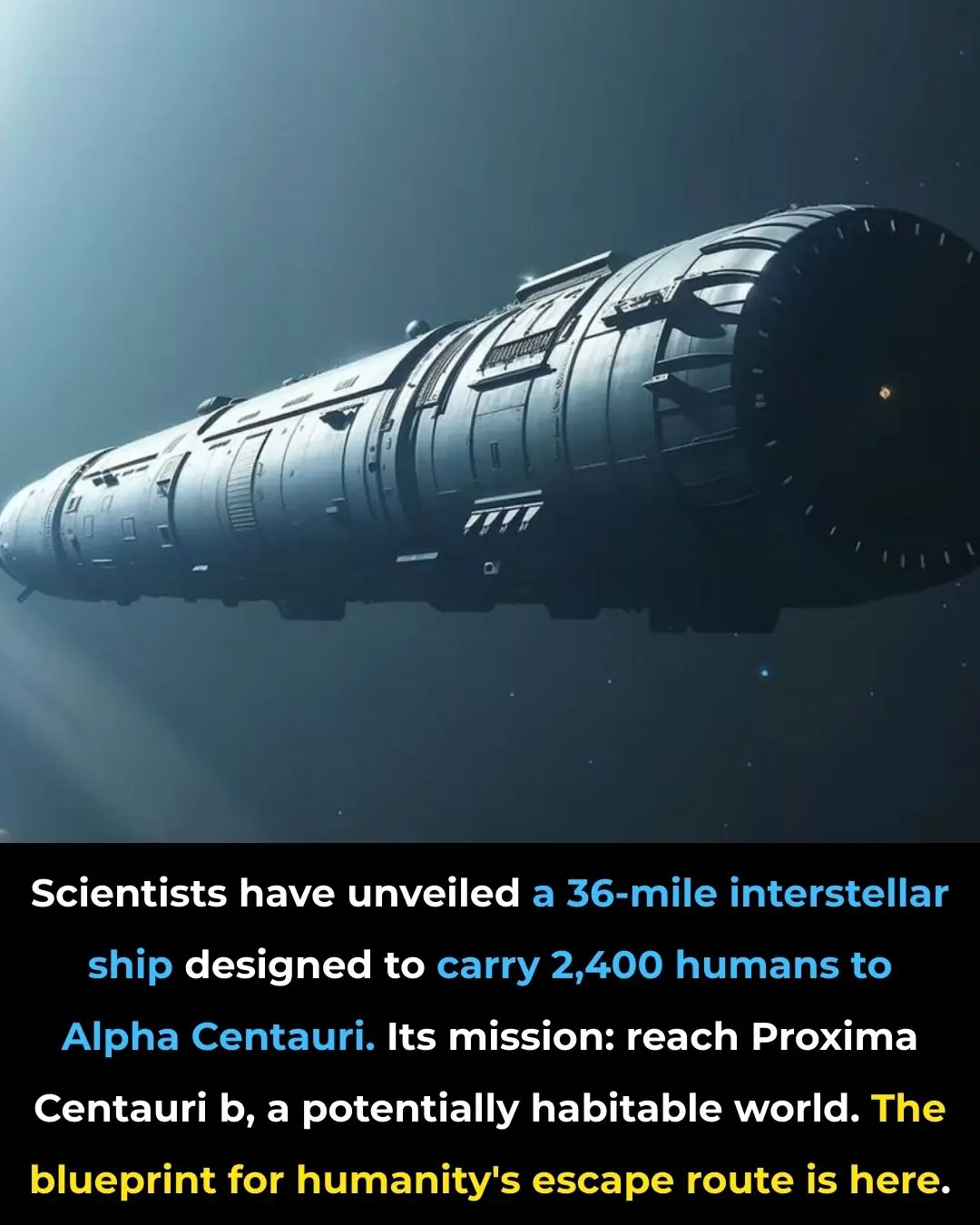
From Earth to Proxima Centauri: The Starship That Could Carry Generations Across the Galaxy

Woman 'who sold house' in fear world will end today explains why she's convinced 'the rapture' is coming

Unhappy iPhone users desperate to turn off iOS 26's four most controversial features after updating
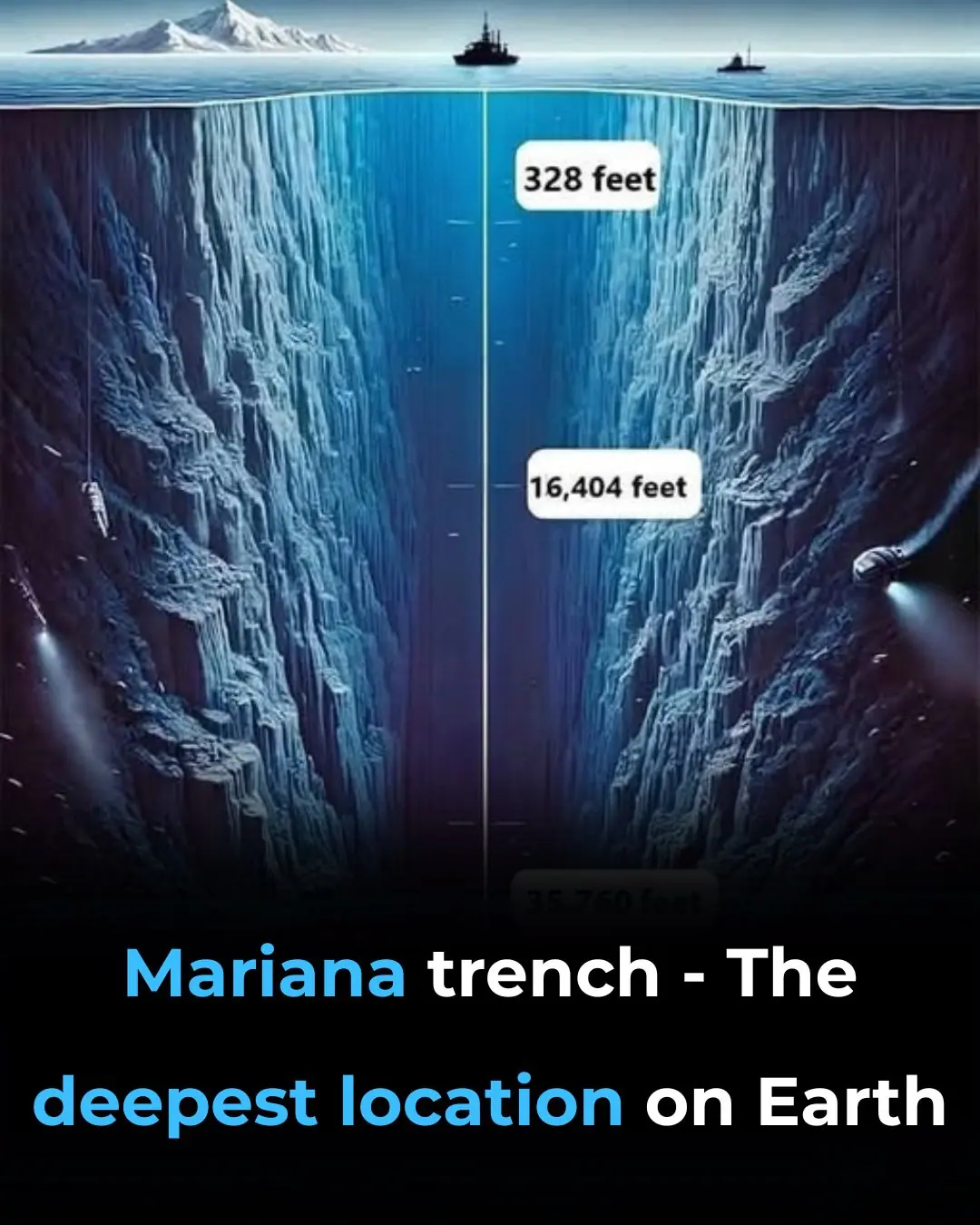
Mariana Trench -The deepest location on Earth

The Trans-Canadian Rail Route: An Iconic Journey Across Canada
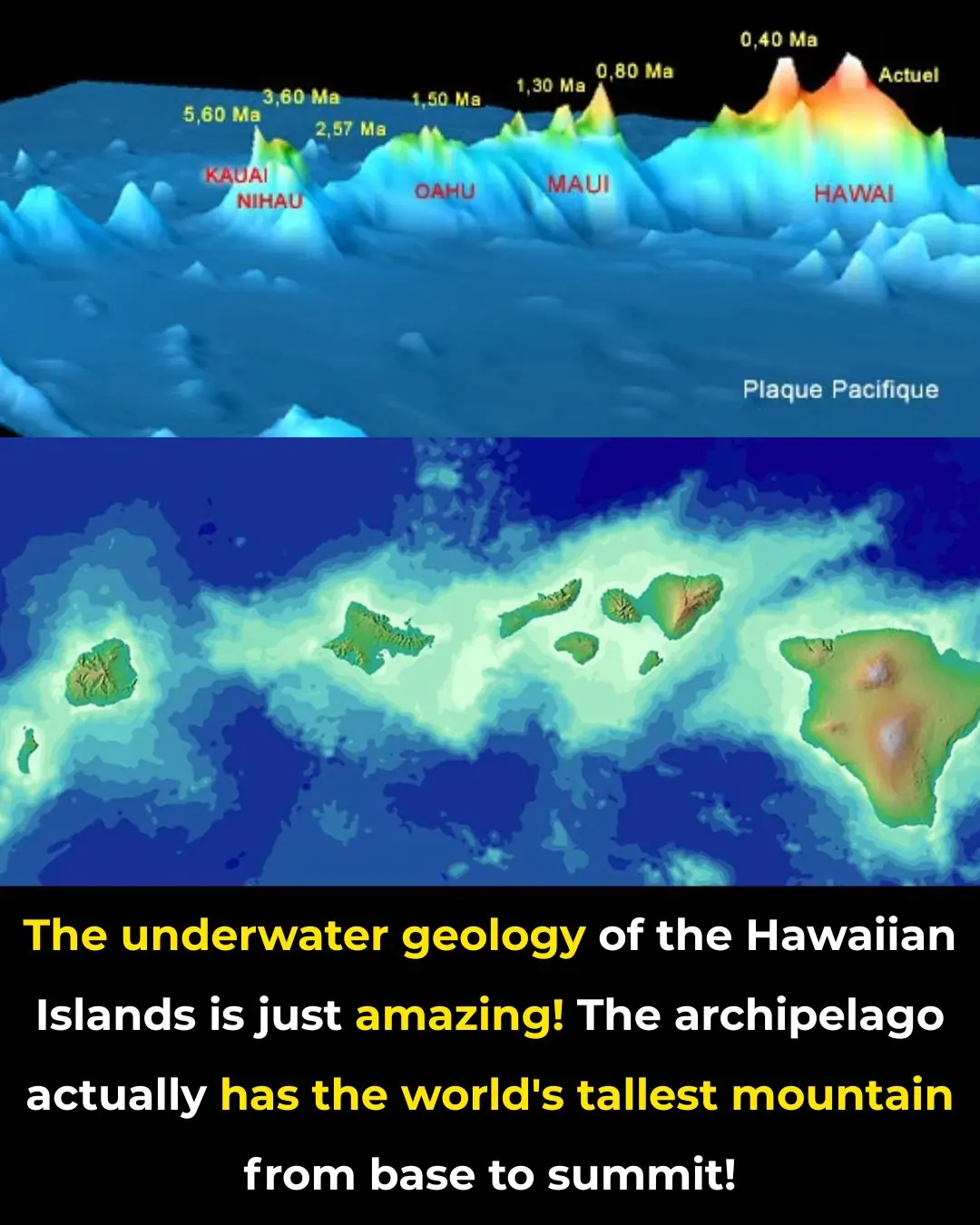
The Underwater Geology of the Hawaii Islands is Just Amazing

Clear Your Arteries Naturally: 7 Superfoods That Beat Aspirin for Heart Health and Longevity
By embracing a diet rich in leafy greens, garlic, berries, and heart-healthy fats, you not only prevent arterial damage but may also reverse early blockages.

Holy Basil (Tulsi) Secrets Revealed: The Ancient Ayurvedic Remedy for Cavities, Gum Disease, Bad Breath & Stronger Teeth
From fighting bacteria and soothing inflamed gums to reducing sensitivity, healing ulcers, and combating bad breath, Tulsi provides a safe, holistic way to protect your smile.

They Call It the “Bl:00d Sugar Remover”: The 100-Year-Old Remedy That Balances Glucose, Restores Kidneys, and Cleans Cholesterol Naturally
This 100-year-old remedy is not just a drink—it’s a living tradition that has survived because it works.

Iceberg Alley: Where You Can Watch Enormous Icebergs Drift in Front of Your Window

The Perfect Road Trip to See Every U.S. National Park
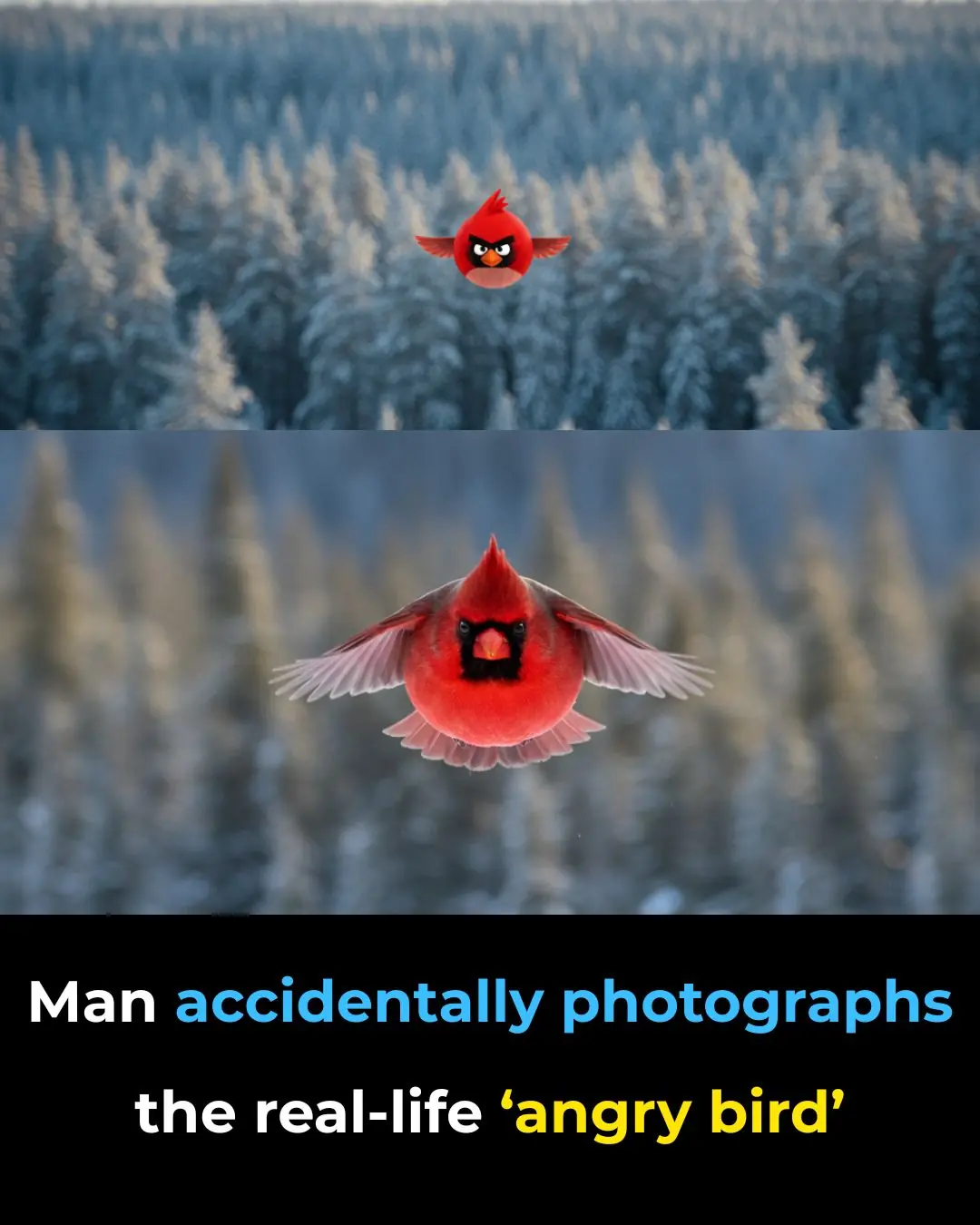
Man Accidentally Photographs The Real-Life ‘Angry Bird’
News Post

Forget 10,000 steps: Scientists prove 7000 steps gives you ‘almost identical’ life-saving benefits

The Most Effective Natural Way to Remove Gallstones

4 hidden signs of iodine deficiency in your skin, hair & nails

Objects People Were Confused About Their Purpose

Little Pocket in Women’s Underwear

What are the benefits of aloe vera? Here are 11 uses of aloe vera for health and skin

Just by looking at the spot on the crab's shell, 100% of the meat is packed to the brim, with my husband and children praising it non-stop.

These familiar fruits help improve sleep, especially number 1, which is both affordable and delicious.

Goosegrass: Health Benefits and Uses

7 Benefits of Chewing Raw Garlic on an Empty Stomach

Here's why you should never sleep with the bedroom door open. FIND OUT MORE IN THE COMMENTS ⬇️

Don’t Wash Your Wooden Cutting Board with Soap When It’s Moldy: Try This Simple Method to Make It Spotless in Just 5 Minutes

Mixing Essential Balm with Toothpaste: A Handy Tip Everyone Should Know, Both Men and Women Will Want to Follow Once They Discover It

They Call It the Blood Sugar Remover: The 100-Year Remedy That Heals Kidneys, Cleans Cholesterol, and Fights Diabetes Naturally

Top 5 Amazing Tips for getting rid of Blackheads and Whiteheads

14 Items to Throw Away Right Now

Group finds spiky creatures in nest – shocked when they realize what they are

The Purple Maguey Plant — Benefits and Traditional Uses

How to Naturally Kill The Bacteria That Causes Bloating And Heartburn
